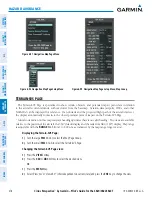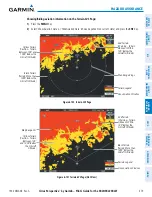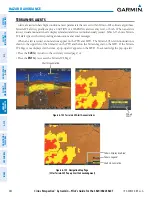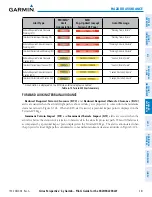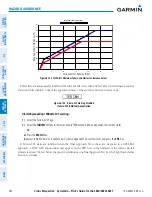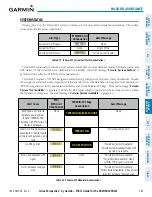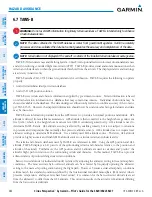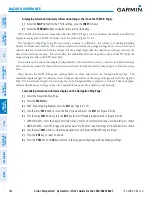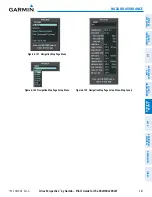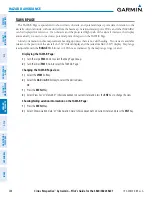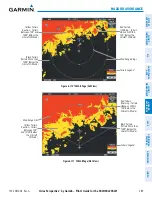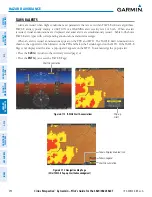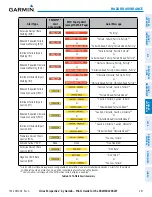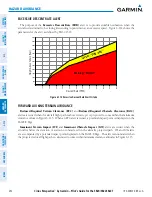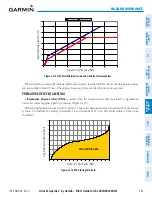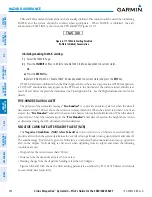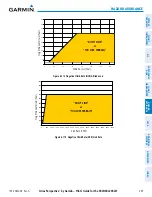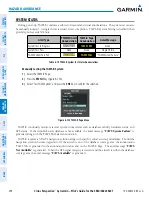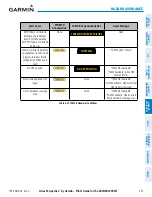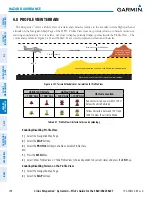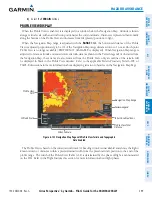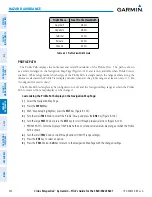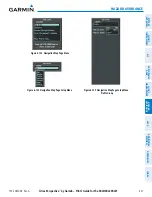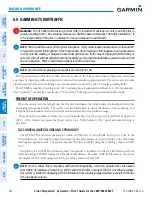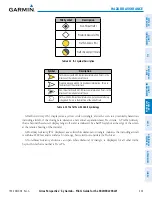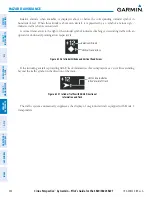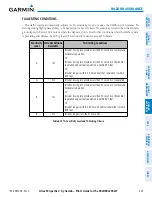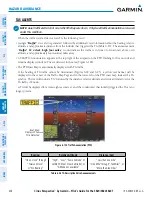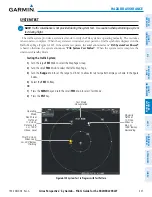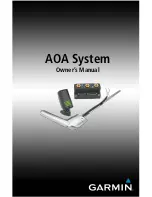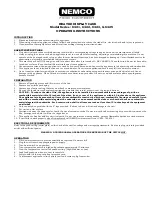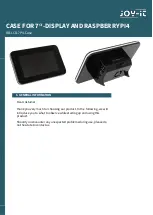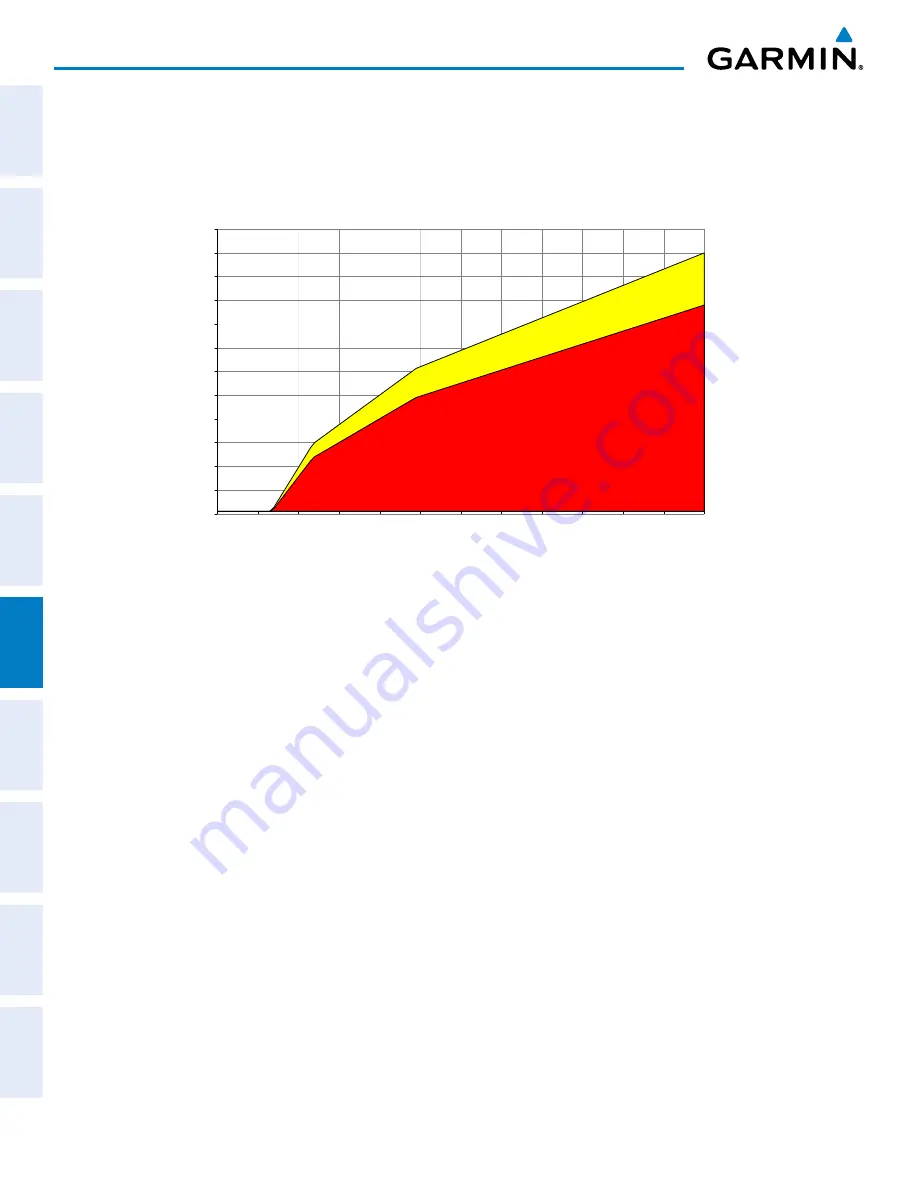
Cirrus Perspective
™
by Garmin – Pilot’s Guide for the SR20/SR22SR22T
190-00820-08 Rev. A
392
HAZARD AVOIDANCE
SY
STEM
O
VER
VIEW
FLIGHT
INSTRUMENTS
EIS
AUDIO P
ANEL
& CNS
FLIGHT
MANA
GEMENT
HAZARD
AV
OID
ANCE
AFCS
ADDITIONAL FEA
TURES
APPENDICES
INDEX
EXCESSIVE DESCENT RATE ALERT
The purpose of the
Excessive Descent Rate (EDR)
alert is to provide suitable notification when the
aircraft is determined to be closing (descending) upon terrain at an excessive speed. Figure 6-114 shows the
parameters for the alert as defined by TSO-C151b.
0
500
1000
1500
2000
2500
3000
3500
4000
4500
5000
5500
6000
0
1000
2000
3000
4000
5000
6000
7000
8000
9000
10000
11000
12000
Descent Rate (FPM)
Height Above T
err
ain
(Feet)
Caution:
“SINK
RATE”
Warning: “PULL UP”
Figure 6-114 Excessive Descent Rate Alert Criteria
FORWARD LOOKING TERRAIN AVOIDANCE
Reduced Required Terrain Clearance (RTC)
and
Reduced Required Obstacle Clearance (ROC)
alerts are issued when the aircraft flight path is above terrain, yet is projected to come within the minimum
clearance values in Figure 6-115. When an RTC alert is issued, a potential impact point is displayed on the
TAWS-B Page.
Imminent Terrain Impact (ITI)
and
Imminent Obstacle Impact (IOI)
alerts are issued when the
aircraft is below the elevation of a terrain or obstacle cell in the aircraft’s projected path. ITI and IOI alerts
are accompanied by a potential impact point displayed on the TAWS-B Page. The alert is annunciated when
the projected vertical flight path is calculated to come within minimum clearance altitudes in Figure 6-115.
Summary of Contents for Cirrus Perspective SR20
Page 1: ... Cirrus SR20 SR22 SR22T Integrated Avionics System Pilot s Guide ...
Page 2: ......
Page 655: ......

